Berkeley Law Center Creates First Global Protocol on Using Social Media as Evidence for War Crimes
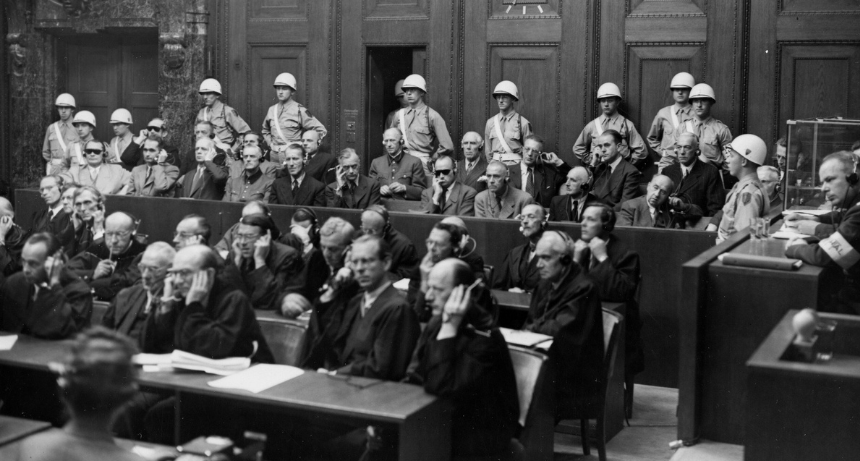
At the Nuremberg trials, harrowing video footage of Nazi concentration camps comprised the first use of film as evidence in international criminal prosecutions. On December 1, some 75 years later, a virtual event broadcast live from Nuremberg, Geneva, and Berkeley officially launched the Berkeley Protocol on Digital Open Source Investigations.
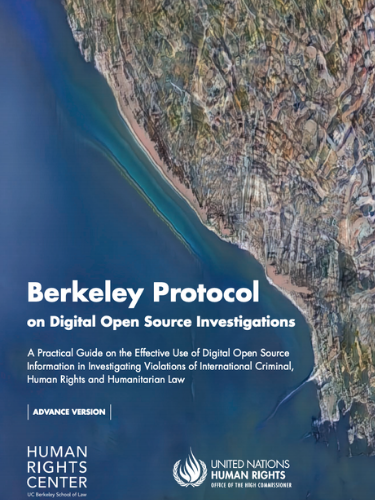
A three-year joint effort by Berkeley Law’s Human Rights Center (HRC) and the U.N. Human Rights Office, the Protocol marks the first global guidelines for using publicly available information online — including photos, videos, and other content posted to social media sites — as evidence in international criminal and human rights investigations.
“While an explosion of online information — sometimes captured by people in war zones who take great risk to do so — has shed light on human rights abuses and potential war crimes around the world, lawyers, journalists, researchers, and advocates need to know how to handle this information ethically and effectively,” says HRC Executive Director Alexa Koenig.
She calls the Berkeley Protocol “a living document that will help strengthen war crimes investigations using 21st century methods, with the goal of improving justice and accountability worldwide.”
It’s a new tool for strengthening the use of video and other digital information to seek justice for human rights atrocities. Based on extensive research, six workshops, and consultations with more than 150 experts, it is being published in all languages of the United Nations.
The launch event began with remarks from the Lord Mayor of Nuremberg, U.N. Human Rights Office Commissioner Michelle Bachelet, and former commissioner Navi Pillay, past president of the International Criminal Tribunal for Rwanda.
“Technology can help us see the distant, the obscured, and the unimaginable — and serve as concrete proof of violations of human rights and international law,” Bachelet says. “In an era of widespread misinformation and disinformation, the Protocol gains even more importance. This new tool is, ultimately, about protecting human rights and advancing justice.”
Primed to produce
Koenig, HRC Faculty Director Eric Stover, and Director of Law and Policy Lindsay Freeman made up the Berkeley Protocol’s coordinating committee, with support from HRC Investigations Lab Director Stephanie Croft and former Berkeley Law students Andrea Trewinnard ’19 and Elise Baker ’20.
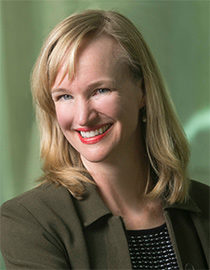
“While the Berkeley Protocol’s creation has required a herculean effort involving hundreds of people over several years, we see it as a foundation on which this community of practice can continue to build,” Stover says. “This is just the beginning, and we invite others to develop, adapt, and refine these standards as we collectively work to ensure justice for the world’s gravest crimes.”
With a long history of working on issues at the cross section of science, technology, and law, HRC was well positioned to spearhead this effort.
Launched in 2016, the center’s Investigations Lab is the first university-based open source investigations unit to discover and verify human rights violations and potential war crimes — with over 75 students who collectively speak 30 languages contributing verified information to international NGOs, news organizations, and legal partners. As the lab’s prominence and role helping human rights lawyers collect and analyze information from social media grew, more questions flowed in from organizations worldwide.
“We couldn’t answer most of them, including specifics about how user-generated content should be collected and stored to ensure its utility in future legal proceedings,” Koenig says. “We realized we weren’t alone in struggling to make sense of this relatively new field of practice and that we needed to meet the moment.”
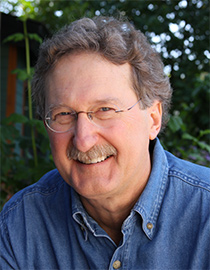
Her team found a natural partner in the U.N. Human Rights Office, as several U.N. commissions needed digital open source investigation skills. The surge in smartphones and social media fueled the project’s urgency, as did increased reliance on remote research due to insecurity on the ground.
“Berkeley’s Human Rights Center has been a driving force in bringing the Protocol into fruition,” says U.N. Human Rights Officer Vic Ullom. “The center’s focus on addressing the need for clarity in international standards in digital open source investigations aligned well with our office’s continuous advocacy for rigorous methodological standards in human rights investigations generally.”
Ullom adds that the partnership, along with the broad and diverse spectrum of expertise that contributed to it, “has produced a high-quality Protocol that will, when implemented, lend further credibility to human rights monitoring and investigations.”
Meeting multiple needs
The Berkeley Protocol is the third document of its kind, building on the Minnesota and Istanbul Protocols, which created the same type of common standards for investigating incidents of torture and extrajudicial killings.
It outlines minimum standards for identifying, collecting, preserving, verifying, and analyzing social media content and other digital open source information to improve its use in investigations. Standards address security practices specific to digital content, ethics around using social media information, replication techniques, chain of custody, and investigation planning.
Project leaders crafted the Berkeley Protocol to meet the needs of diverse practitioners working across multiple jurisdictions — and of advocates, journalists, and social science researchers eager for guidance. They also addressed the issue of digital technologies developing faster than the scientific methods underpinning them.
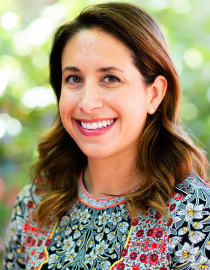
“To ensure the Berkeley Protocol’s enduring relevance, we made a conscious choice to not refer to specific platforms or tools,” Freeman says. “Instead, we focused on principles and processes to establish a framework that could balance the need for scientific predictability with the adaptability necessary for a quickly changing digital world.”
Another challenge: the internet’s increased susceptibility to digital manipulation and misrepresentation. The Protocol addresses the unique questions that come with verifying information and evaluating the credibility and reliability of online accounts — many of which are anonymous or pseudonymous.
HRC also developed a program to guide lawyers, investigators, journalists, and human rights advocates to the Berkeley Protocol’s standards, and has trained civil society organizations from countries as diverse as Venezuela, Chile, Brazil, China, Turkey, Australia, and Syria. Koenig and two co-authors published Digital Witness this year, the first textbook on open source investigation methods.
The first panel at the Protocol launch event explored the history of the Nuremberg trials, tracing their use of documentary evidence (including film and photographs) to current uses of digital videos and images in present day international criminal trials. The second panel examined the power of new forms of digital evidence collected from platforms such as YouTube, Twitter, and Facebook to help secure justice and accountability, with a view towards the future.
The event served to “honor and thank the legal innovators that came before us, as well as all those involved in developing the Berkeley Protocol,” Stover says, adding that it also introduced “new tools and methods that the international community can leverage to maximize the value of visual imagery in court — ensuring that the legacy of Nuremberg endures.”
